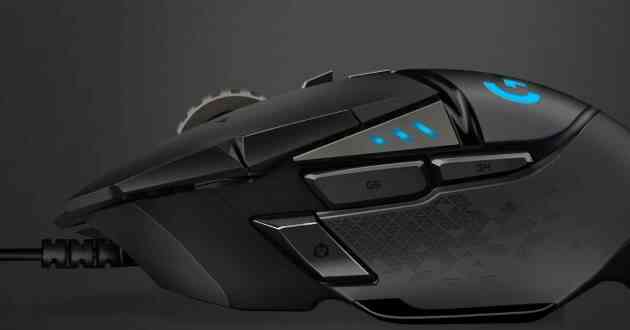Virtual Reality Devices to Expect in 2016 with Dates & Specs
- - Category: Gadgets & Gizmos
- - 04 Jan, 2016
- - Views: 1k
- Save
Virtual reality is set to take us all by storm. Find out the best devices in VR in 2016!
With the CES (Consumer Electronics Show) right on the horizon (from January 6 to January 9 in Las Vegas), many wonder whether virtual reality will be the next big thing in 2016. Many consumers and technologists are eagerly looking forward to experience this kind of technology.
Virtual reality allows an individual to experience an environment using a headset, and includes feeling an environment through sight, touch, smell and hearing. It allows the user to experience what it feels like to be in a particular environment through technology.
According to IHS Technology, the sales of virtual reality devices will amount to $1.1 Billion in 2016 and $2.7 Billion in 2020, with over 38 million VR devices in use by 2020. This is a serious figure, considering most VR devices are in development at the start of 2015, with many more being funded by venture capitalists and other companies to make a mark in this ever-growing market.
Here are the most expected devices expected to hit the market in 2016:
Oculus Rift: This is, perhaps, the most anticipated VR device of all time. After Facebook bought the company for a whopping $2 Billion from Palmer Luckey, a 21-year-old engineer who successfully funded a $2.5 million Kickstarter campaign and started a company based around the concept. The device has two OLED screens with a resolution of 2160 x 1200, will support Windows 10, 3D audio, and come with two wireless controllers for hand tracking, along with one controller for Xbox. The field of view of 100-110 degrees. Apart from games, the Oculus Rift can be used to watch movies in a kind of virtual theatre with the use of its in-built platform, called Oculus Home. Consumers can expect a version in the first quarter of 2016 for $350, with development kits starting at $600.
HTC Vive Steam VR: The HTC Vive has a 1080 x 1200 resolution with accelerometer, gyroscope and a laser position sensor to track head and eye movement. It comes with wireless controllers and two base stations that need to be placed on opposite corners of the room, allowing the user to walk in the virtual environment. This feature is not present in other virtual reality devices. Gaming will be a breeze with the Steam platform. Consumers can expect a version in April of 2016, with prices in the range of $700-$800.
Sony Playstation VR: Sony originally named this Project Morpheus. It also has OLED displays with a resolution of 1920 x 1080, and includes a gyroscope and accelerometer with 3D audio. The field of view is 100 degrees. Although it is not compatible with PCs, the Playstation VR will be an accessory to the Playstation 4. A consumer version is expected in the second quarter of 2016, with prices in the range of $500-$600.
Which one will you buy? Have you decided yet? Comment below.


